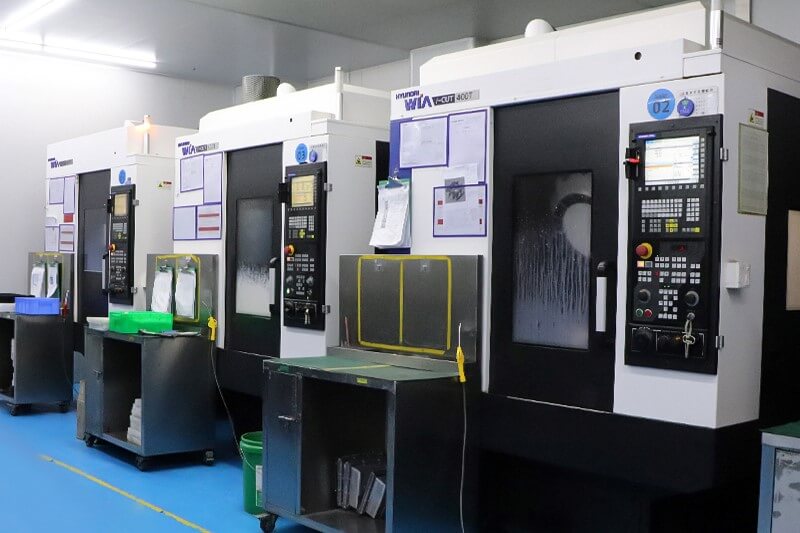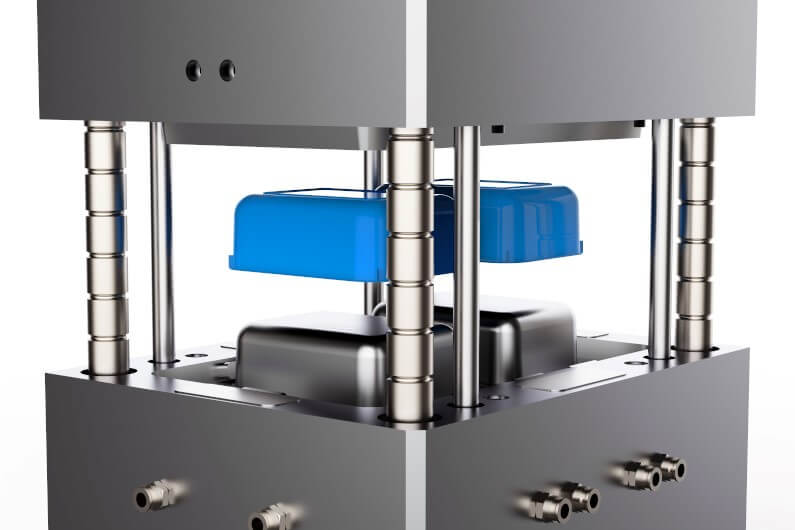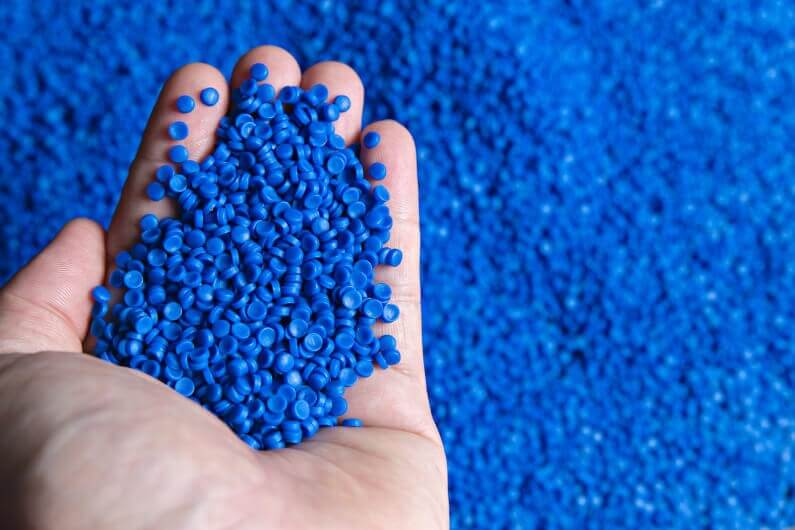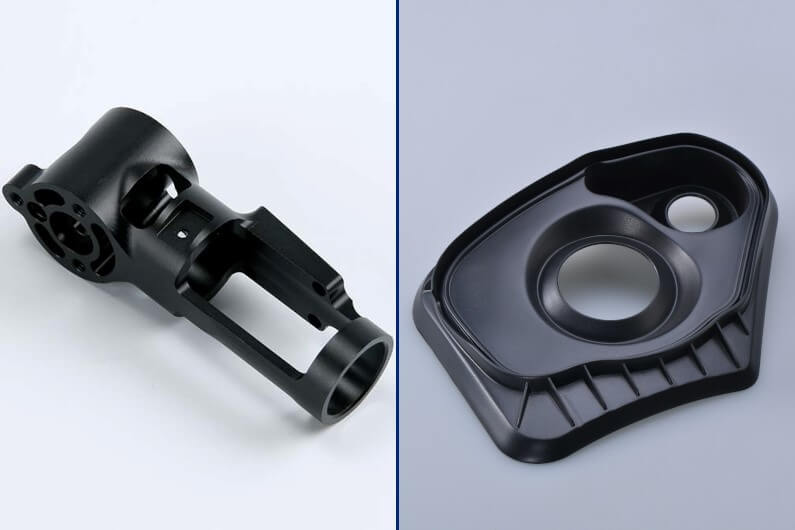Basics and Differences of Injection Molding and CNC Machining
Every year, humanity produces hundreds of millions of plastic products. This adaptable material can be turned into finished products in a variety of ways. Two common methods are injection molding and CNC machining, but they offer very different benefits.
This article will provide an overview of the two processes, followed by a side-by-side comparison to help you understand the ideal applications for injection molding and CNC machining.
1.What is CNC machining?
As we’ve mentioned in other articles, CNC machining actually encompasses a range of different equipment and processes. In CNC machining, there are milling machines, lathes, drills, and various cutting processes. What ties these processes together is the use of computer numerical control (CNC) tools to selectively remove material from a workpiece until it matches the design of the finished product.
Traditional CNC machining processes can effectively process products from a variety of materials, including a wide range of plastic compounds. By cutting, turning, drilling, and vaporizing small sections of a plastic workpiece, CNC machines can carve out high-quality, precise products.

2.What is injection molding?
If CNC machining is like carefully chiseling to create a statue, injection molding is more like casting a statue by pouring liquid material into a mold and letting it solidify. In reality, it might be more like casting multiple statues at the same time, over and over again. Injection molding is most commonly used to mass-produce plastic products, and can produce thousands or even millions of replicas of units.
Injection molding machines use a pressurized device to press a liquid material (usually some kind of molten thermoplastic or thermosetting polymer) into a metal mold made of two or more parts. The plastic quickly cools and solidifies, allowing the mold to open so that the solid plastic part can be ejected.

3.Injection molding and CNC machining: 4 main differences
While both manufacturing processes are well suited to producing a variety of plastic consumer goods, their respective advantages and limitations make them more suitable for certain applications.
① Production volume, cost, and time
While both processes can be used to produce a large number of plastic products, their limitations are very different. CNC machining is fast to implement, and if the materials are complete, a new part can be quickly prototyped within a day. CNC machines can also produce a large number of parts over a longer period of time, but the price is relatively constant, which means that the higher the output, the higher the cost.
On the other hand, if you have a smaller machine, injection molding is only effective for rapid prototyping. In most cases, injection molding is best suited for ultra-large-scale production of thousands of units. This helps justify the cost of custom molds and expensive equipment. While developing custom molds requires a long lead time, once the molds are operational, they can produce a batch of parts in seconds. This means that injection molding benefits greatly from economies of scale.
②Design flexibility
Another issue that designers also need to consider is whether the part design will be subject to small changes or not modified at all during production. CNC machining is highly adaptable, so if additional features need to be added after producing a few units, the CNC CAD file can be updated and subsequent units will reflect the changes without interruption. However, if the same situation occurs with injection molding, it is likely that new molds will need to be purchased, which will increase costs and delay production. There may also be some limitations on part size. While injection molding is best suited for small and medium-sized parts, CNC machining can accommodate a range of requirements, including oversized sizes.
③Material selection

When considering the material selection of the part, CNC machining can easily adapt to a wide range of materials. Injection molding can also evolve in an increasing number of material options, but it does have more restrictions. However, a unique consideration is based on the hardness of the material. Hard plastics are ideal for CNC machining because they don’t deform or wear easily, so they form good chips and meet tolerances well. On the other hand, very soft materials are difficult to machine accurately, deforming and bending due to cutting forces. As long as the plastic doesn’t get stuck in the mold, injection molding may not have these problems.
④ Finished product quality
While high-quality injection molding machines can produce high-quality parts, they rarely achieve the same tolerance or surface finish quality as CNC machining processes. In addition, larger injection molded parts may form voids inside, which makes them more fragile when subjected to pressure and prone to unpredictable failures. However, the fact is that for many popular plastic products we use in our daily lives, the quality produced by injection molding is satisfactory.
4.Which process is best for making plastic parts?
As the comparison above highlights, it depends on your needs. CNC machining is generally more flexible, providing stable costs and high precision for low to medium production runs. Injection molding, on the other hand, produces most of the plastic parts that consumers come into contact with in their daily lives. This is because injection molding provides fast, low-cost unit production at high volumes.
Fortunately, Xavier recognizes the value of both methods. We offer experienced professionals and advanced equipment to help you meet your manufacturing needs. You can count on us for both injection molding and CNC machining services!
